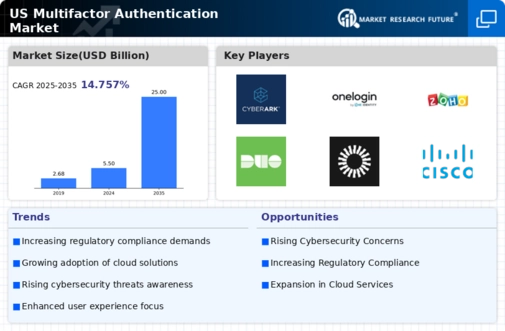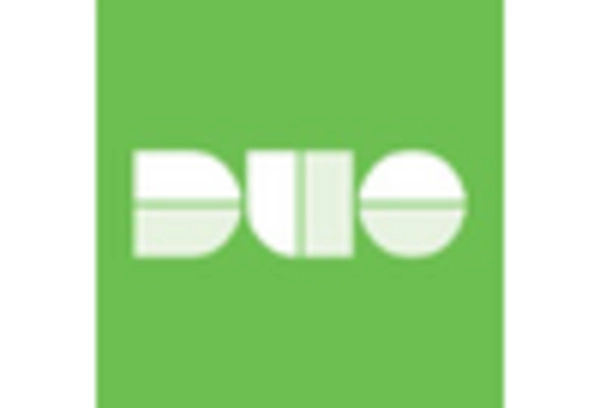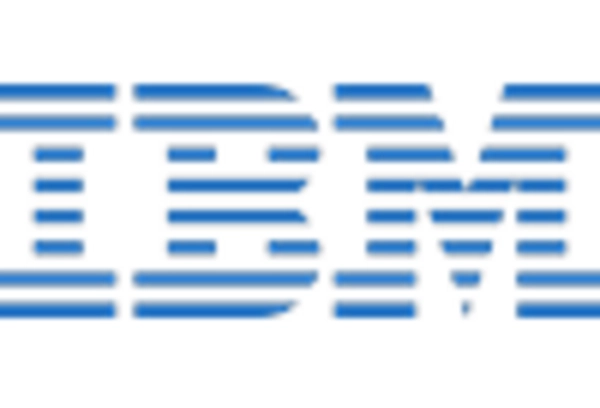The multifactor authentication market is currently characterized by a dynamic competitive landscape, driven by increasing cybersecurity threats and the growing demand for secure access solutions. Major players such as Microsoft (US), Google (US), and Okta (US) are strategically positioned to leverage their technological prowess and extensive customer bases. Microsoft (US) focuses on integrating multifactor authentication into its broader cloud services, enhancing user experience while ensuring security. Google (US) emphasizes innovation through its advanced security keys and biometric solutions, aiming to simplify user authentication processes. Okta (US) adopts a partnership-driven approach, collaborating with various enterprises to provide tailored authentication solutions, thereby enhancing its market presence. Collectively, these strategies contribute to a competitive environment that prioritizes innovation and user-centric solutions.
Key business tactics within the multifactor authentication market include localized service offerings and supply chain optimization, which are essential for meeting diverse customer needs. The market structure appears moderately fragmented, with several key players exerting influence over specific segments. This fragmentation allows for a variety of solutions tailored to different industries, while also fostering competition that drives innovation and service improvement.
In October 2025, Microsoft (US) announced the launch of its new Azure Active Directory feature, which integrates advanced multifactor authentication capabilities with artificial intelligence to enhance security protocols. This strategic move is significant as it not only strengthens Microsoft’s position in the cloud security domain but also aligns with the growing trend of AI integration in cybersecurity, potentially setting a new standard for user authentication.
In September 2025, Google (US) unveiled its latest security key, designed to support a wider range of devices and platforms. This development is crucial as it reflects Google’s commitment to enhancing user accessibility while maintaining robust security measures. By broadening the compatibility of its security solutions, Google (US) aims to capture a larger share of the market, particularly among small to medium-sized enterprises that require flexible authentication options.
In August 2025, Okta (US) entered into a strategic partnership with a leading financial services firm to provide customized multifactor authentication solutions. This collaboration is indicative of Okta’s focus on sector-specific solutions, allowing it to penetrate deeper into regulated industries where security compliance is paramount. Such partnerships not only enhance Okta’s service offerings but also position it as a trusted provider in high-stakes environments.
As of November 2025, the multifactor authentication market is witnessing trends that emphasize digitalization, AI integration, and sustainability. Strategic alliances are increasingly shaping the competitive landscape, enabling companies to pool resources and expertise to innovate more effectively. Looking ahead, competitive differentiation is likely to evolve, with a shift from price-based competition to a focus on technological innovation and supply chain reliability. This transition underscores the importance of developing unique, secure solutions that meet the evolving demands of users in an increasingly digital world.

















Leave a Comment